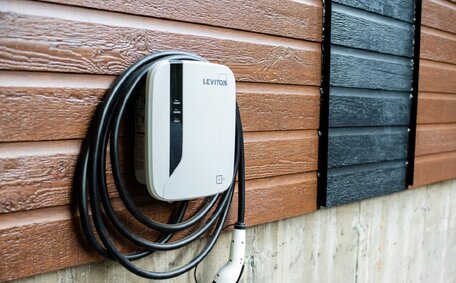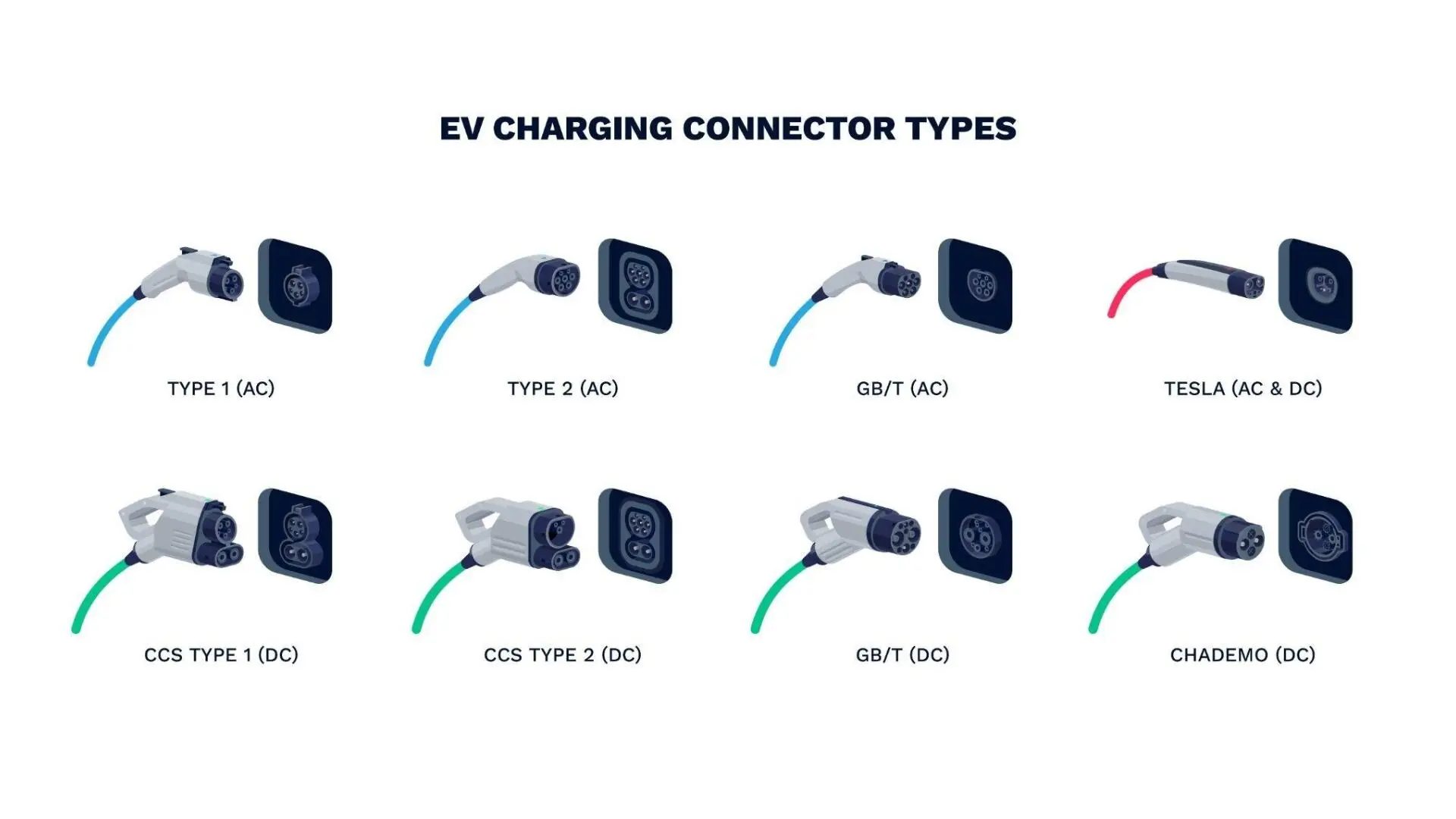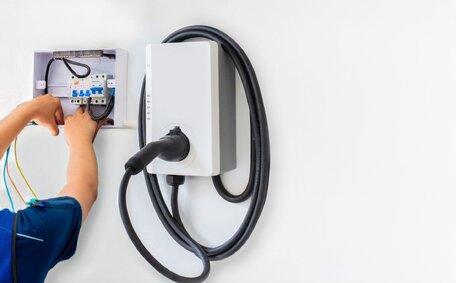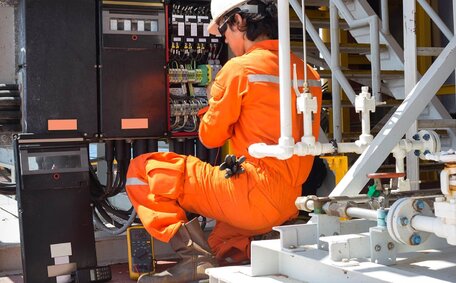With growing worries about climate change, air pollution, and rising fuel costs, electric vehicles (EVs) are gaining popularity quicker than ever. Automakers are rolling out new models with longer ranges and competitive prices, which makes the switch to electric more appealing for many drivers. A key point for potential EV owners is knowing how to charge your electric vehicle and the available charging options.
At first glance, charging an EV might appear daunting as it’s not as simple as fueling a petrol vehicle at a station. Just like fuel pumps vary, EVs have different 'pumps’ or charger types, each with its own power levels and speeds. Understanding these options helps you pick the best setup for your lifestyle and driving patterns.
This guide covers the three main types of EV chargers: Level 1, Level 2, and DC Fast chargers. We’ll discuss their power levels, charging speeds, installation needs, and when best to use each type.
So, whether you have already taken the EV plunge or are still considering making the switch, read on to learn about your charging choices and how to choose the optimal setup. An educated choice of charger will ensure you can take full advantage of the benefits of driving electric.
![2024 02 Different Types Of Chargers Types Chargers]()
Level 1 Charging
Level 1 uses a standard 120-volt outlet commonly found in homes. It provides the slowest charge rate, 2-5 miles per hour.
Even though these chargers are slower, Level 1 is convenient as all EVs have an adapter to plug into a basic outlet. It’s perfect for topping up the battery overnight at home when you have time to spare. Level 1 charging requires no special installation, but the tradeoff is very slow charging.
![2024 02 Different Charging Stations Charging Stations]()
Level 2 Charging
Level 2 ups the ante with higher power 240-volt outlets. This allows charging rates of 10-20 miles per hour, 4-5 times faster than Level 1. Home chargers installed by electricians can provide Level 2 charging, avoiding slow overnight charges. Many public chargers are also Level 2, allowing longer sessions at destinations like shopping centres.
While faster, Level 2 still typically requires parking for several hours for a full charge.
DC Fast Charging
DC fast chargers are ideal for long road trips, providingan 80% charge in 30 minutes or less. They use high-powered direct current instead of alternating current used by Level 1 and Level 2. Fast chargers are installed at locations along major highways and central areas. Though very convenient, fast-charging networks have fewer stations and higher per-minute energy costs than level 2. Planning routes around fast chargers is important for long-distance travel.
What Charger Do You Need?
EV Charger Types and Specifications
Charging power speed, cost, installation requirements, vehicle usage habits, battery needs, and access to electric vehicle charging stations can all impact the decision. Technical specs like various plug types, alternating and direct current power outputs and speeds are important to understand.
Home Charging Options
At home, Level 2 AC chargers offer 6-10kW of power, which is typically enough for the daily needs of most EV drivers. This setup can add approximately 10-20 miles of range each hour, making it practical for regular use.
Level 1 Charging
Level 1 chargers supplying 1.4-2.4kW of alternating current via a standard household plug are the slowest EV charging option, typically adding just 2-5 miles of electric car range per hour connected. However, they require no construction work. For occasional or overnight electric vehicle charging needs, a Level 1 setup works well for many drivers and driving habits.
![2024 02 Various Ev Chargers Ev Chargers]()
DC Fast Charging
DC chargers provide 50kW or higher of direct current power and offer the fastest recharge speeds. Some electric vehicles can regain over 200 miles of range after only 20 minutes of being connected to a DC charging station.
Usage Patterns
When assessing needs, it’s important to account for expected vehicle usage patterns, like daily work commutes, local errands, or longer highway drives involving different plug-in electric car charging needs.
Public Charging Infrastructure
Many newer EVs are compatible with the Combined Charging System (CCS), a 7-pin connector standard used at numerous public stations. This dual capability supports both AC and DC charging, offering flexibility with a single plug type.
Other Features
It’s crucial to evaluate how much-lost driving range can be regained per stop via different charging options and associated charging speeds. For homes, electrical upgrades may sometimes be needed above 120V to accommodate increased power loadson home wiring safely.
Benefits for Tesla Owners
Tesla Supercharger network owners benefit from high-powered direct current filling stations designed for their electric vehicles.
Choosing the Optimal Setup
Carefully evaluating specifications, vehicle usage patterns, battery needs, and public charging access helps electric vehicle owners identify home and on-route charging combinations that maximise driving convenience.
Choosing Your Charging Solution
Understanding the various charger types available - Level 1, Level 2, and DC Fast - helps EV drivers feel confident selecting the right charging solutions for their needs. Whether you require occasional overnight charging or depend on fast charging for long-distance trips, evaluating your driving habits and researching infrastructure can lead you to the optimal setup.
If you’re considering installing a home electric vehicle charger, contact the experts at Bright Force Electrical. As a licensed electrical contractor, Bright Force Electrical can assess your home’s electrical panel, recommend suitable charging equipment, and handle the installation process from start to finish.
Their skilled team makes sure all jobs are handled safely and adhere to codes. Whether you already have an electric vehicle or are contemplating if an EV is suitable for you, Bright Force Electrical is your go-to for any charging questions or concerns.
FAQs About EV Charging
Can any EV use any charger?
No, each vehicle is compatible with specific connector types. Make sure your EV matches the charger connector.
How long does it take to charge on each level fully?
It varies by battery size, but Level 1 can take 1-2 days, Level 2 6-8 hours, and Level 3 30-60 minutes for 80% charge.
What is the maximum charge rate for each level?
Level 1 is up to 1.4 kW, Level 2 is up to 19.2 kW, and DC Fast Charging is 50-350 kW.
Can I run a Level 2 charger off a standard wall outlet?
No, Level 2 requires a dedicated 240V outlet installed by an electrician due to the high power levels.
How much does a public or networked charge station typically cost?
Most Level 2 are $1-4 per hour. Depending on network and rate plans, DC power ranges from $ 5- $20 for a full charge.
Do chargers work in cold weather?
Yes, but efficiency may decrease below freezing and charging could slow down for battery safety. Keep chargers plugged in if possible.
Is there a charger that works for both home and road trips?
A Level 2 charger works well in many cases, especially when used overnight at home and during daytime stops on trips.
Do I need a special membership to use public chargers?
Sometimes, like for DC fast networks, most Level 2 stations are pay-per-use without memberships.
How far can I drive on a single charge?
Driving range varies between EVs based on battery size, weight and conditions, but most can travel 125-185 miles. Smaller battery cars may reach 60-90 miles, while larger battery models can exceed 300 miles on a single charge. The real-world range tends to be less than EPA estimates and declines in cold weather. EVs display the estimated remaining range based on current driving.











